Benchmarks - IO Meter 512k sequence
read/write tests
With the card installed onto the ASUS P7P55D
Premium and drivers installed. We tested the performance of USB 3.0 and SATA 3
(6Gbps) with the enclosure. Finally we run the tests again using a SSD in
replacement of the HDD to ensure that the limiting factor is not in the SATA2
drive.
First, we take a look at what happens when we connect the Seagate HDD versus the
Intel X25M SSD both inside the enclosure and connected to U3S6 via the USB 3.0
interface.
Using USB 3.0 connected to HDD enclosure
Using this test, it is able to achieve 129.30MB/s
for read and 128.93MB/s for write test. Total IO is 258 IO/s
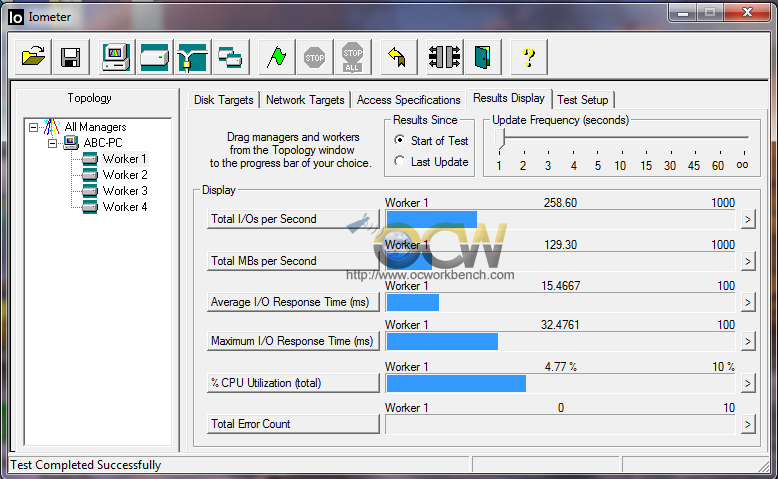
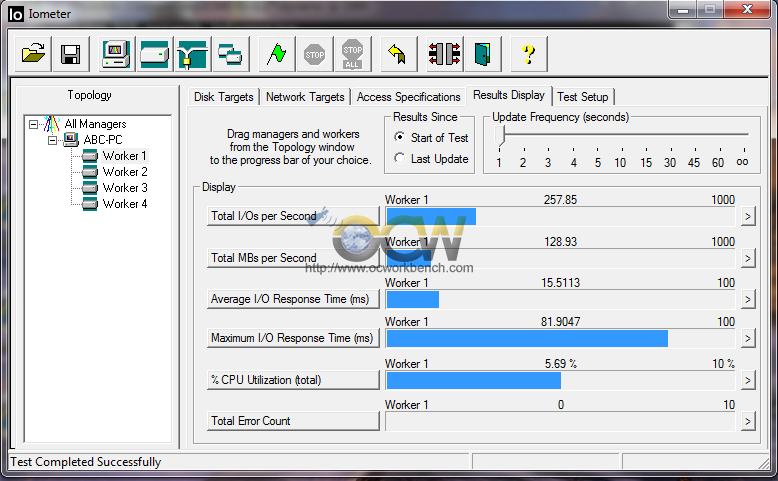
Using USB 3.0 with SSD
With SSD, the read speed shoots up to 232MB/s with
IO at 464 IO/s. That is almost 2 times of using the HDD.
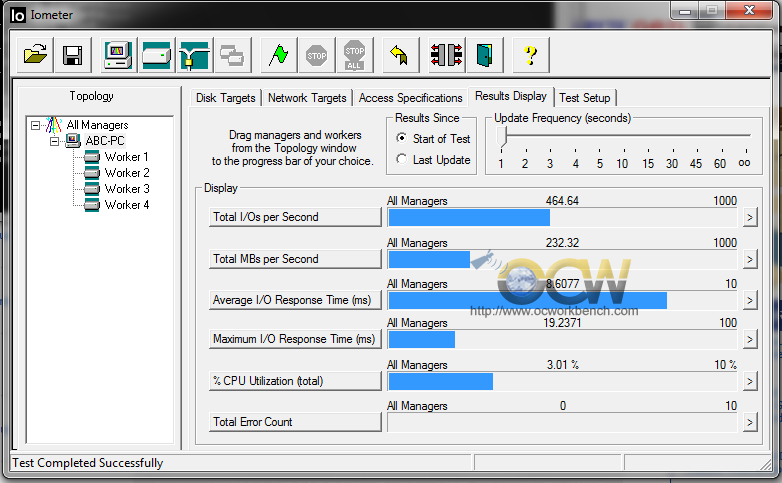
Using SATA 3 connected to the HDD
With the SATA 3 connected directly to the HDD. The
total read is 130MB/s and write is 129MB/s. Total IO is 259 IO/s. This result is
in line with the same HDD installed with USB 3.0
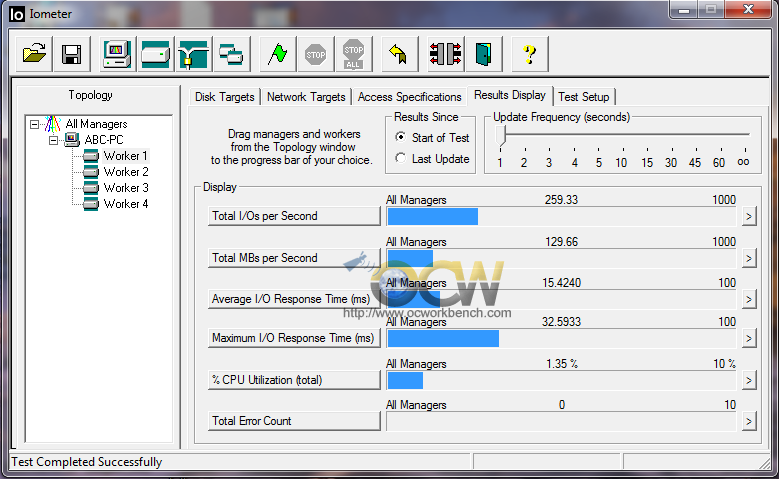
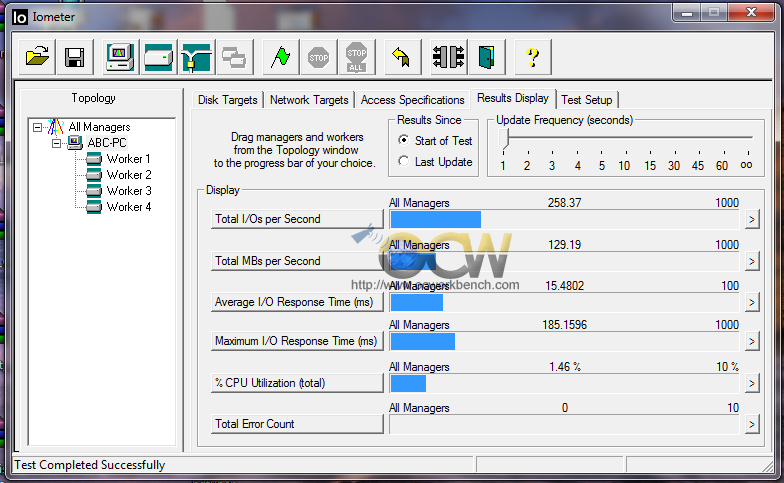
Conclusion
From the 3 tests done against the HDD using USB
connection and later USB with SSD. We can see that the results of using a SATA3
interface with the same HDD is quite the same as using a USB 3.0.
This is a speed increase for USB as conventional
USB 2.0 would not be able to offer such a speed.
With the HDD replaced by a Kingston X25 (Intel),
the results clearly shows that the results are in line with current SSD running
on SATA2 interfaces.
It is also observed that running the SATA2 (HDD or
SSD) device through the USB3/SATA bridge does generate a higher cpu utilisation
than direct connections from the U3S6 to the device (HDD/SSD).
So far, USB is still being used as a generic
interface for connecting peripherals including keyboard, mouse, storage devices
etc. If you can already achieve high speeds of transfer for mass storage devices
using eSATA, there is simply no reason to switch to USB 3.0. Till the day we see
more devices adopt USB 3.0 interface, eSATA is here to stay.
Discuss in Forum
Next >>>